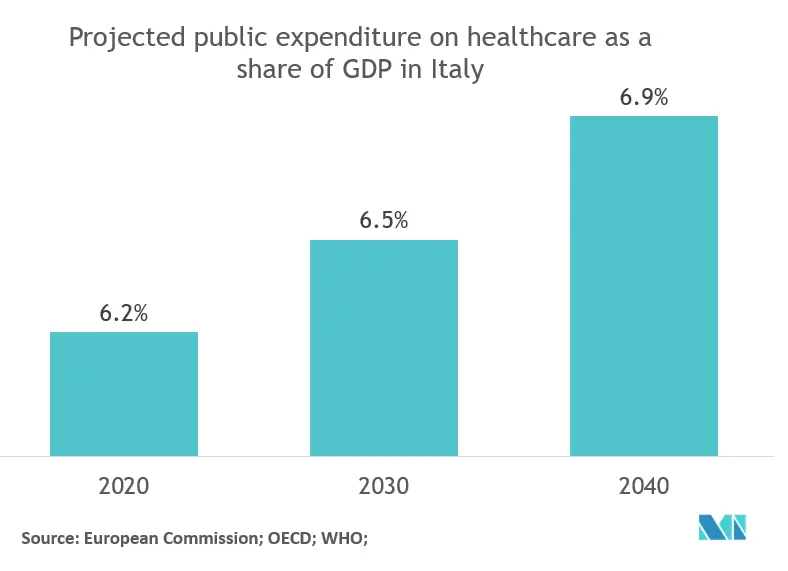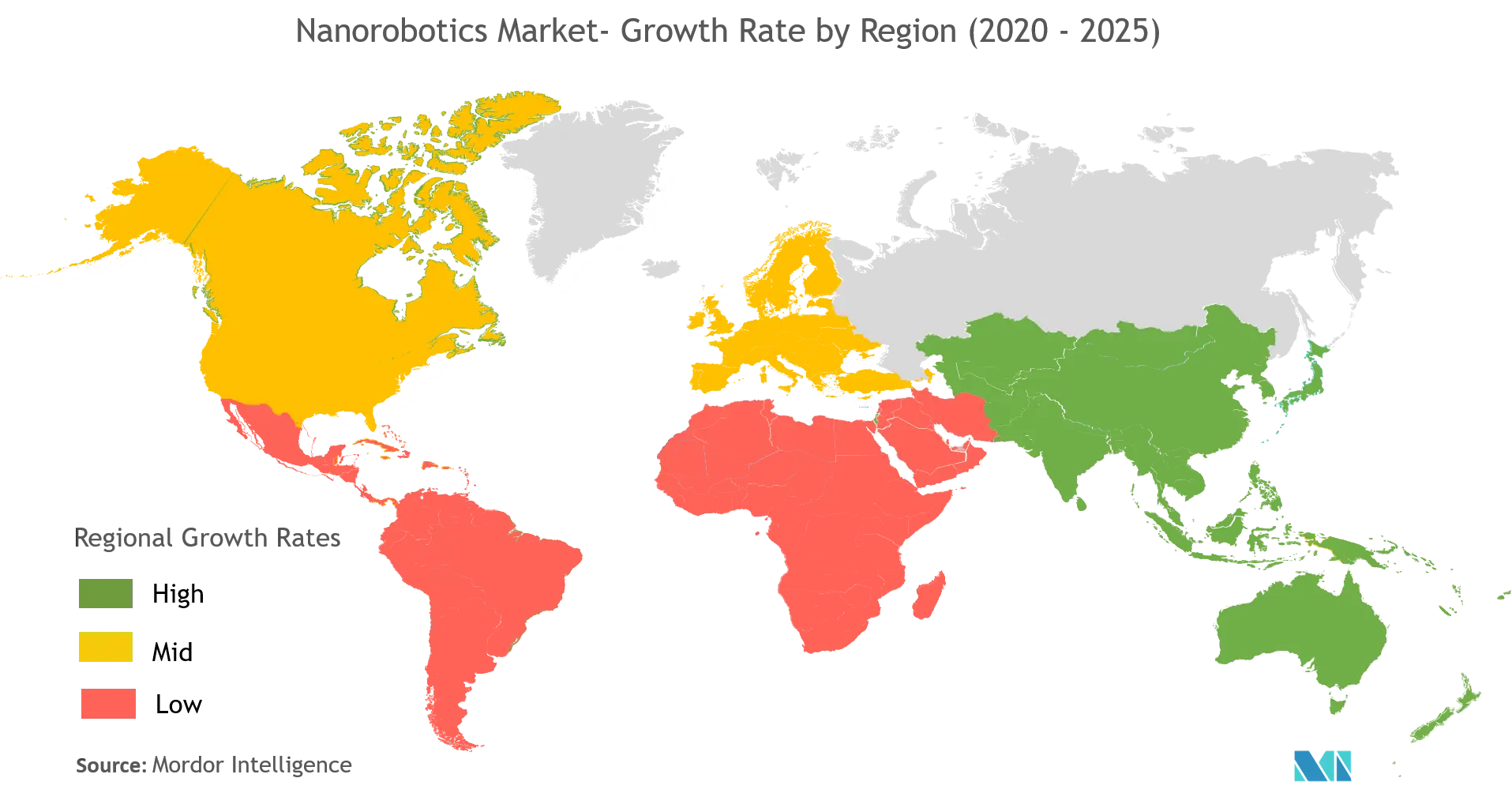Market Trends of Nanorobotics Industry
This section covers the major market trends shaping the Nanorobotics Market according to our research experts:
Drug Delivery Application is Expected to Witness Significant Growth Rate
- Nanobots are an emerging field, showing great potential as a form of drug delivery. The ability to target difficult-to-reach areas of the body while carrying medicinal compounds is highly sought after as a biomedical application. Although there are still advances to be made in the field, previous research indicates that they will be vital in combatting hard-to-treat diseases. A significant challenge for most researchers, however, is ensuring that their concepts will be successful on the nanoscale.
- In the last few years, research into engineered nanobots that can navigate through the body to deliver drugs with precision has intensified. In December 2019, Researchers from IIT Guwahati had come up with nanobots synthesized from tea extracts, named ‘teabots,’ which can serve as biocompatible drug-delivery agents.
- In September 2019, Michigan State University scientists invented a new way to monitor chemotherapy concentrations, where they created a process based around magnetic particle imaging that employs superparamagnetic nanoparticles as the contrast agent and the sole signal source to control drug release in the body at the site of the tumor. Nanobots are used to target harder-to-reach portions of cancerous tumors, which will be a potential increase in the chances of successful chemotherapy as well.
- In 2019, DNA nanorobots were developed, which consists of a track and a walker system to reach the target location and contained a self-assembly system consisting of DNA strands with the ability to produce a functional molecule. All the concepts and designs proposed by the researchers for nanorobots in the drug delivery application are successful and promising. Yet, improvements are needed before being deployed on a larger scale.

North America is Expected to Hold a Major Share
- North America is expected to hold a major market share over the forecast period. One of the driving factors for the region’s growth is the considerable growth in the backing of nanorobotics from the Defense Advanced Research Projects Agency (DARPA) and the National Science Foundation (NSF). The growth of adoption in nanotechnology, coupled with high expenditure on healthcare, is expected to create a positive impact on the market in the region.
- The United States has one of the highest costs of healthcare in the world. In 2018, the United States spent about USD 3.6 trillion on healthcare, which averages to about USD 11,000 per person. The Centers for Medicare and Medicaid Services (CMS) project that by 2028, such costs will climb to USD 6.2 trillion, or about USD 18,000 per person, and will represent about 20 percent of GDP. As most of the applications of nanorobotics are related to health care, the region is expected to witness the increase in the adoption of the technology in such related applications.
- However, the most direct impact the coronavirus pandemic will have on U.S. health care spending is through testing and treatment of COVID-19. The University of Washington Institute for Health Metrics and Evaluation (IHME) model suggests the outbreak is reaching its peak in the U.S. and is bound to put a severe strain on the government in terms of spending to tackle the virus. Although researchers are contemplating the idea of using nanoparticles to combat the virus, the idea is still in a nascent stage, and the research activities of nanorobotics backed by the government may witness significant delays.


